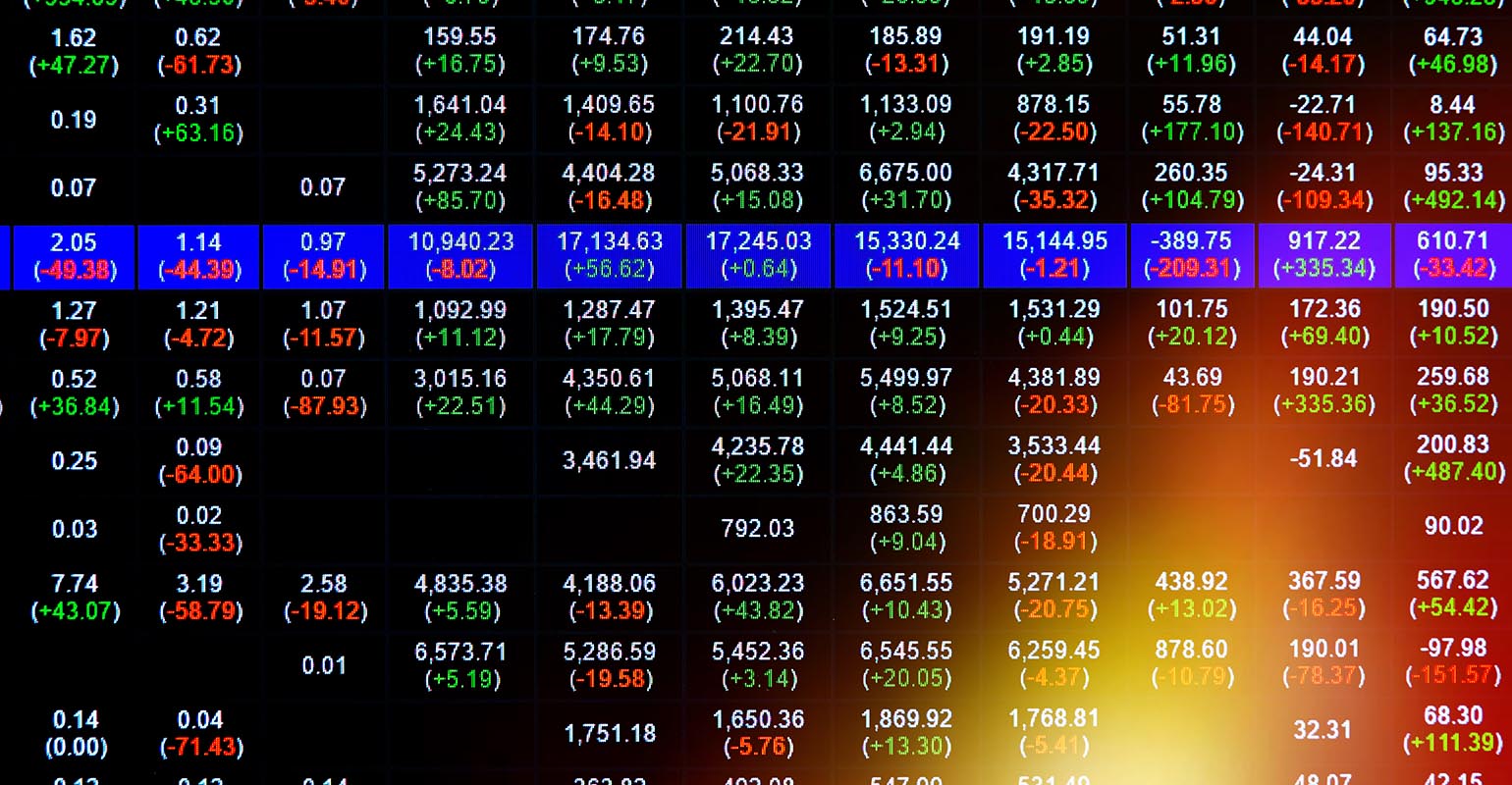
Direct indexing through separately managed accounts is currently one of the fastest growing investment strategies in the United States. This solution is particularly effective for those with concentrated positions in company stocks.
This method allows investors to replicate the performance of a specific index while maintaining control over individual securities. To accomplish this, automated programs will systematically buy and sell the individual stocks that make up the index, rather than simply buying the entire index through exchange-traded funds or mutual funds.
Direct indexing has long been an effective strategy for ultra-wealthy individuals and households. However, recent technological advancements now make this attractive solution available and affordable for investors of all levels. According to Cerulli Associates, direct indexation through SMA is growing at an annual rate of 12%, with total assets expected to reach $2 trillion by the end of 2024.
While some have called ETFs “the most disruptive trend in the asset management industry over the past 20 years,” direct indexing seems likely to take that spot.
For those with concentrated company stock positions, direct indexing has several significant benefits.
Customization, Diversification and Risk Management
Direct indexing allows investors to customize their portfolios based on their preferences and investment objectives. Unlike traditional index funds or ETFs, which are fixed and cannot be changed, direct indexing provides the flexibility to exclude specific stocks or sectors from the portfolio. This customization allows investors to tailor their portfolios to their needs and risk tolerance.
Direct indexing also enhances the ability to diversify within a portfolio containing concentrated equity positions. Holding a substantial portion of a person’s wealth in a single stock may expose that person to additional risks. Using the direct indexing method, investors can diversify their investments across a wider range of securities, thereby reducing the impact of any single stock’s performance on their overall portfolio. This diversification helps reduce risk and provides a more balanced approach to investing.
The de-risking process typically involves removing company stock from separately managed accounts. This prevents inadvertent addition of already concentrated locations. For example, Microsoft is currently the most heavily weighted stock in the S&P 500, accounting for 7.1% of the index. When Microsoft employees invest in the S&P 500 Index, 7.1% of the purchases will be Microsoft stock. Not only would they be adding to already concentrated positions, but they would actually be overpaying for the shares in the retail market, rather than acquiring the shares at an internal discount through stock options or employee stock purchase plans. Imagine that a dairy farmer can produce a gallon of milk for $1. Why did he pay $3 for the same gallon of gas at the supermarket?
In addition to removing specific company stocks from customized indexes, investors can also remove those securities with the highest correlation to concentrated positions or even reduce exposure to entire industries. Returning to the previous example, a sensible approach might include reducing overall technology exposure, since Microsoft is highly interconnected with the technology industry as a whole.
Improving tax efficiency through tax loss harvesting
For many, tax loss harvesting is probably the most attractive feature of direct indexing, and if done correctly can increase annual returns by 1%-2%. By holding individual stocks rather than a broad index, investors can selectively sell securities that trade at a loss to offset current or future capital gains. Additionally, direct indexation allows greater control over the timing of capital gains realization, allowing investors to defer tax payments until a more appropriate time.
Tax-loss harvesting provides greater value to those with concentrated company stock positions because harvested losses can be used to offset gains realized from planned sales of appreciated company stock. Research shows that loss harvesting is most effective when new money is continually added to a portfolio. Therefore, strategies that channel proceeds from corporate stock sales back into direct indexing can continue to drive the tax loss harvesting process and maximize its effectiveness.
generalize
Facts have proven that concentrated holdings of company stocks are an effective way for employees to accumulate wealth and increase retirement assets. It can also benefit the organization by “skin in the game” through equity, more closely aligning employees with company performance.
For those holding concentrated positions, rather than worrying about “too many eggs in one basket,” a better approach may be to focus on creating a basket that protects these valuable eggs and helps maximize their future value.
Direct indexing provides a compelling investment strategy for individuals with concentrated company stock positions by providing diversification, tax efficiency, customization and enhanced performance potential. With recent technological advances, reduced costs, and increased availability, direct indexing has become a solution that everyone with concentrated company stock positions should at least explore.
Jason Chalmers is a director at Gallagher’s Cohn Financial Group.




